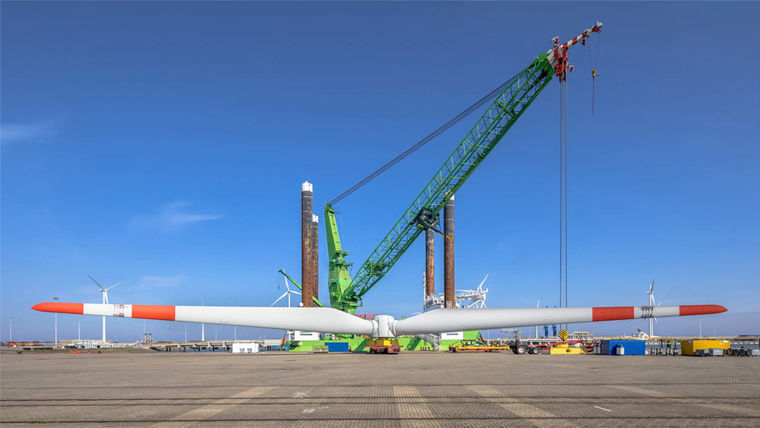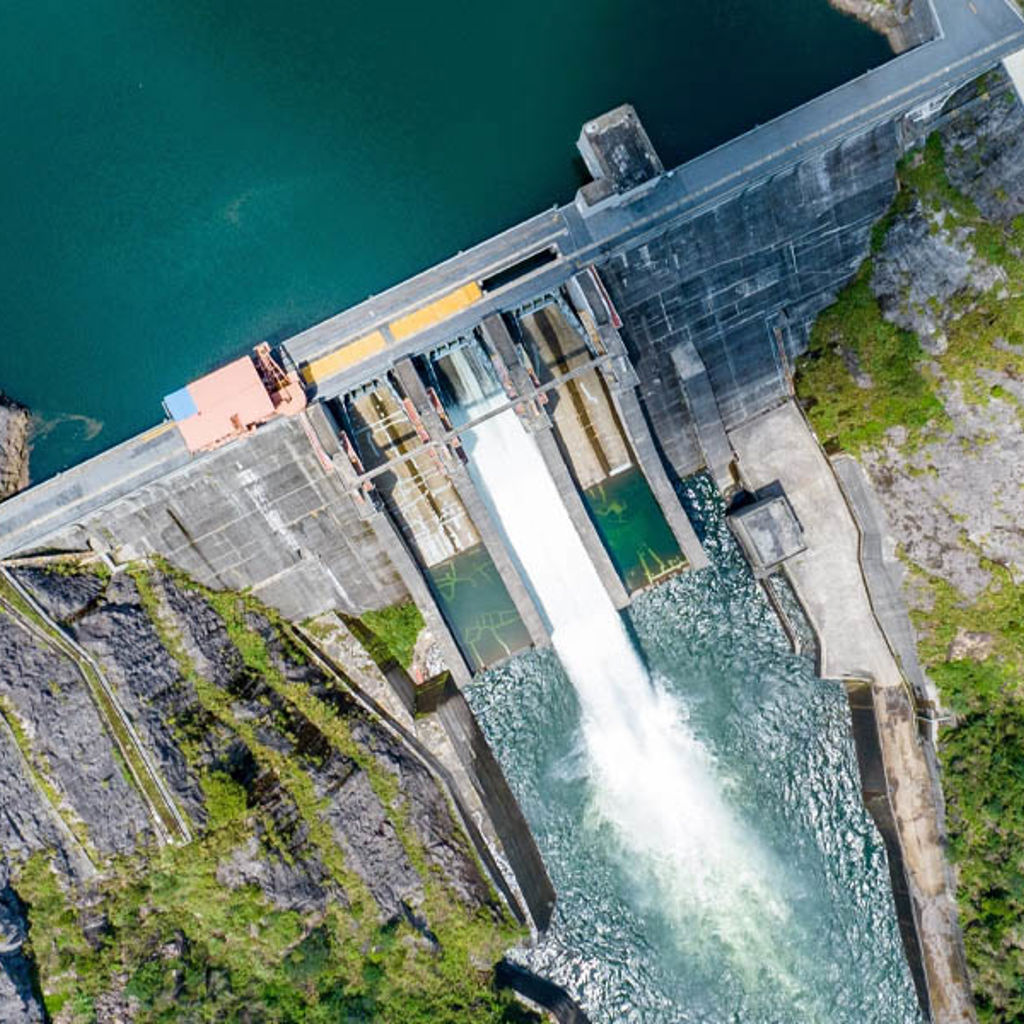What Scotland teaches us about offshore wind supply chain development
The speed at which the renewable energy transition needs to happen necessitates a different way for public and private organisations to work together.

The countries of the United Kingdom have long recognised the wind energy potential that lies off-shore.
In Scotland, the Scottish Offshore Wind Energy Council (SOWEC) and the Scottish Government is collaborating to help reach the Scottish Government’s ambition of 11GW installed offshore wind capacity by 2030. Setting an ambition of more than tripling capacity in a few short years is a key first step, but the ability of the industry to locally meet this challenge is a more complex proposition.
A highly responsive, functional and cost-efficient industrial supply chain, is pivotal to the renewable energy transition. The 2021 Scottish Offshore Wind Strategic Investment Assessment commissioned by SOWEC concluded that for the country to deliver transformational supply-chain growth, an unprecedented level of industry orchestration and cooperation would be required. Failure to do so will lead to missed targets, slower rates of renewables deployment, and inflated costs.
At Arup, we’ve been working with offshore wind developers and Scottish government agencies to programme manage and co-develop the Strategic Investment Model (SIM) – designed to enable structured collaboration between involved parties, creating a shared view of infrastructure upgrade needs and increased investment confidence. There are currently 38 supply chain projects that have advanced through the SIM process, targeting investment of around £6.5bn.
Why does a free market need coordination? How does it develop into a growing and resilient supply chain? Given so many areas of the world are also facing these barriers and trying to answer these questions, we wanted to share what we’ve learned from this first phase of the Scottish SIM initiative.
Complex public-private collaboration requires a shared vision and structure
The speed at which the renewable energy transition needs to happen necessitates a different way for public and private organisations to work together. At its heart, SIM is a collaborative framework to accelerate and scale offshore wind energy infrastructure in Scotland. It has been designed to seek ways to focus investment and share risks differently among manufacturers, developers and others across the supply chain.
Beyond setting targets and incentive schemes, the SIM Group is seeking to be an intermediary to shape and encourage developer and public–private partnerships that will drive collaboration and orchestrate efficient build-out. Pivotal moments in the process need to be seized, to gain commitment to new ways of working. In Scotland, the Collaborative Framework saw all ScotWind developers sign a charter to demonstrate their commitment to working in collaboration, so clearly the idea of a shared approach is becoming more familiar.
In an encouraging example of what becomes possible, we have worked with the collective SIM Working Group (OW developers, ScotGov and other Public Sector) to collect, curate and present port infrastructure upgrade and supply chain manufacturing facility projects to the wider investment community. This has required independence and sensitivity from Arup as the programme manager, but also collective agreement and a new level of early transparency from the developers involved, and within individual projects. But it shows that it can be done.

The importance of transparency and information sharing
With many interdependent moving parts, a step-change in directional signalling and information sharing is vital to investment confidence. With clearer guidance on what can be shared and independent facilitation, we can avoid situations where each private actor in the supply chain takes a conservative approach, to the detriment of all. Conventional procurement methods tend to be narrowly focused on particular project outcomes. In the context of the rapidly expanding renewables sector, this can lead to supply chain planning that fails to address wider opportunities and national priorities, like cost-effective and socially responsible sourcing, long-term social and environmental sustainability, and the ultimate realisation of a country’s climate and renewable energy targets.
Key uncertainties to overcome include investment timing, scale, and location. Through the SIM process, input to these factors were collected from individual actors, aggregated, and published through SIM. This approach provided a higher degree of transparency on the collective expression of interest, paving the way for increased investment certainty and individual commercial agreements. Within SIM we have created a project prospectus template to bring a level of uniformity to every investment opportunity. We also worked with projects to help create a level of transparency in the information, so that developers could collectively, in aggregate, express their early interest in projects that not only suited them, but importantly could benefit the wider industry in Scotland.
A degree of standardisation should also drive greater efficiencies – in terms of ports energy infrastructure choices, and the ongoing cost of components and maintenance. In this way SIM can help narrow down the list of technologies needed to be considered in investment planning. This is particularly relevant to floating wind projects where ports infrastructure investment decisions are significantly impacted by technical design variation.
Maturing the industry at speed
Markets mostly develop in uncoordinated ways, impacted partly by the variation in pace and rigour of which individual players of different sizes and experience levels approach the market. This can exacerbate integration challenges for industries reliant on complex supply chains. Increased transparency can help speed up collaboration and market maturity, leveraging the strengths of each individual player.
As an example, developers of different sizes, leverage, and local market agility could realize collective synergies in securing space at ports, or with suppliers with more certainty and better timeframe alignment to the developer programme and national targets.
Mechanisms like SIM help to establish greater certainty around the future demand, a key factor driving ports’ investment in new energy and logistical infrastructure. Collective expression of interests at an early stage and in aggregation help to build investors’ and boards’ confidence. With a clear direction of travel for the industry’s wider development, SIM provides an additional stimulus, paving the way to individual commercial agreements.
A model for the future
Clearly, it’s still early days for the SIM approach. As programme managers of the framework, Arup is just one part of a wider group of players pushing for supply chain coordination to help speed up industry development. But we’re convinced that with barriers and obstacles reduced or removed, we should see the industry respond and Scottish offshore wind grow.
This public-private, cooperative industrial model has clear relevance for other regions around the world, wherever there are ambitious goals but only a nascent industry that needs greater confidence before it will scale up its own response.
Get in touch with our team
Insights
Explore more energy transition insights
Offshore transmission: How do we move towards investing, planning and delivering offshore assets with confidence?

Developing an offshore wind turbine factory

Unlocking investment in the UK's offshore wind supply chain

Innovative solutions for pumped hydro energy storage


